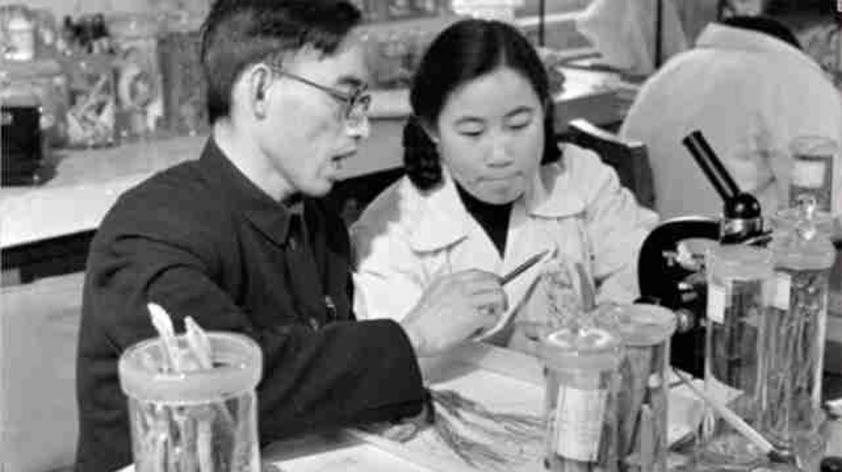Nobel winner Youyou combed ancient texts for cure

In the turmoil of China’s Cultural Revolution, scientist Tu Youyou joined a covert mission to find a cure for malaria. “Project 523,” was set up in 1967 by Chairman Mao Zedong, who wanted to help Communist troops fighting in the mosquito-ridden jungles of Vietnam, where they were losing more soldiers to malaria than bullets.
“We needed a totally new structured antimalarial to deal with the drug resistance. I accepted the task,” Tu recalled in 2011. She scoured ancient texts and folk manuals and traveled to remote parts of the country for clues, ultimately collecting 2,000 potential remedies. She whittled these down to 380 and tested each one on mice. One of the compounds tested reduced the number of malaria parasites in the rodents’ blood. Derived from sweet wormwood, its use as a treatment for malaria was first recorded in 1600 years ago in China, when a manual recommended drinking juice extracted from the plant.
Her discovery resulted in the drug artemisinin — humankind’s best defense against the mosquito-borne disease, which kills 450,000 people each year. On Monday, she was one of a trio of scientists awarded the Nobel Prize for medicine. Rao Yi, a Chinese neurobiologist, says it’s a miracle the compound was discovered at all, given that most of China’s universities and research institutes were shut down as red guards ran riot across the country during the Cultural Revolution, which began in 1966 and continued for more than a decade.
Many scientists, especially those with Western training, were persecuted, he co-wrote in an academic paper published in Science China. As a result, it wasn’t until 1977 the first academic paper on artemisinin was published. The first English-language research wasn’t published until 1982.
Source
http://www.thedailystar.net/world/nobel-winner-youyou-combed-ancient-texts-cure-153130

